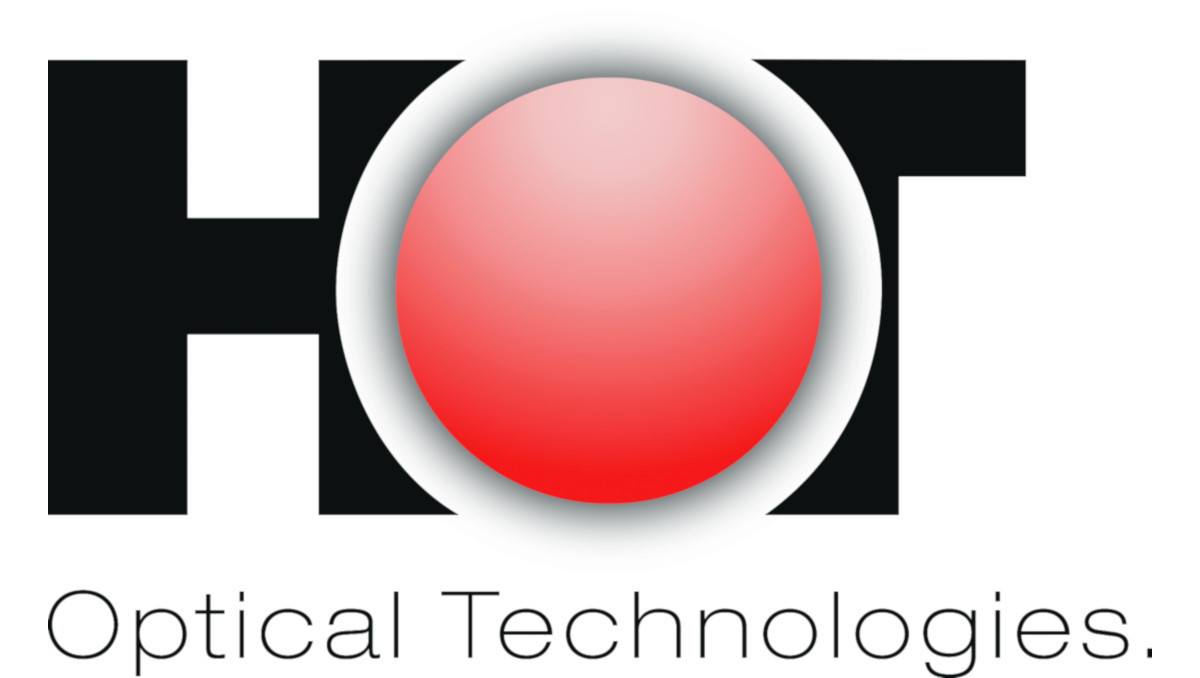This is the question of the BMBF joint project “OPTIMUS”. OPTIMUS began in March, will run for three years, and will develop an online detector for microplastics and other contaminants in flowing drinking water. The OPTIMUS consortium consists of companies specializing in laser and environmental technologies, several drinking water processing enterprises, and HOT and IQ of Leibniz University Hannover.
The HOT adds its experience in applied Raman spectroscopy to the project, not only determining the detection limits of the various polymers in relation to the material properties, the flow velocity and turbulence, but also the effects the environmental retention time has on the microplastics in respect to detection limits and best measurement parameters. For example, what are the effects of pigment additives or bacteria growing on the surface affect the detectability of the different polymers and particles? As the project progresses, the HOT will answer these and more questions with flow Raman spectroscopy, confocal Raman microscopy, and resonance Raman spectroscopy.
You are interested in these topics? You are searching for a master thesis topic in Optical Technologies or the Life Sciences? Then come and join us!
Contact: Dr. Ann-Kathrin Kniggendorf
